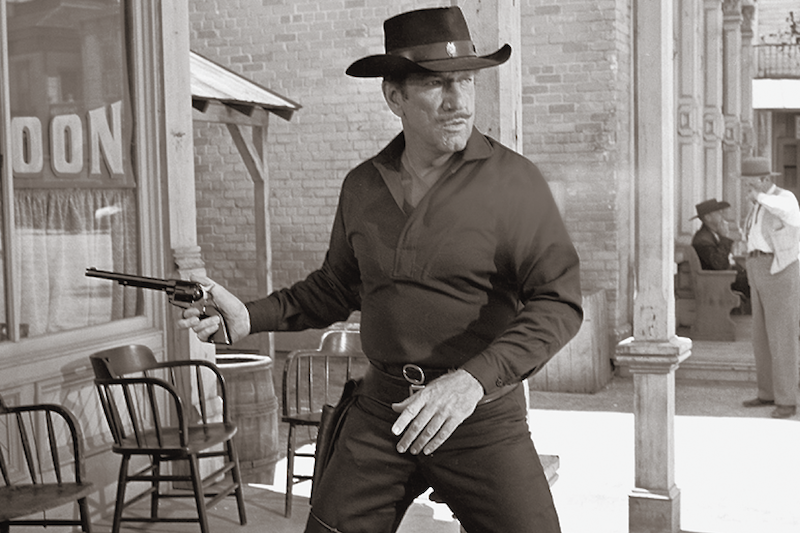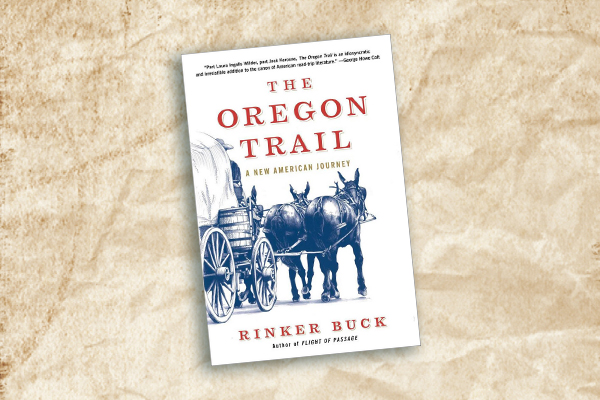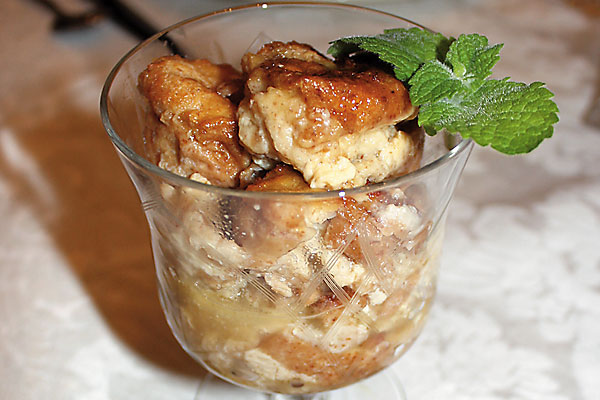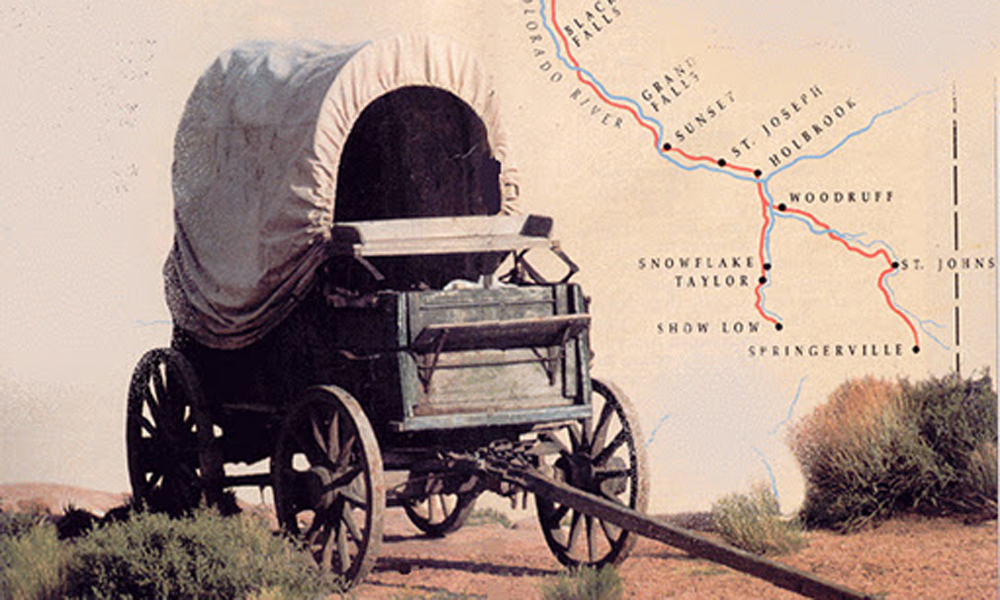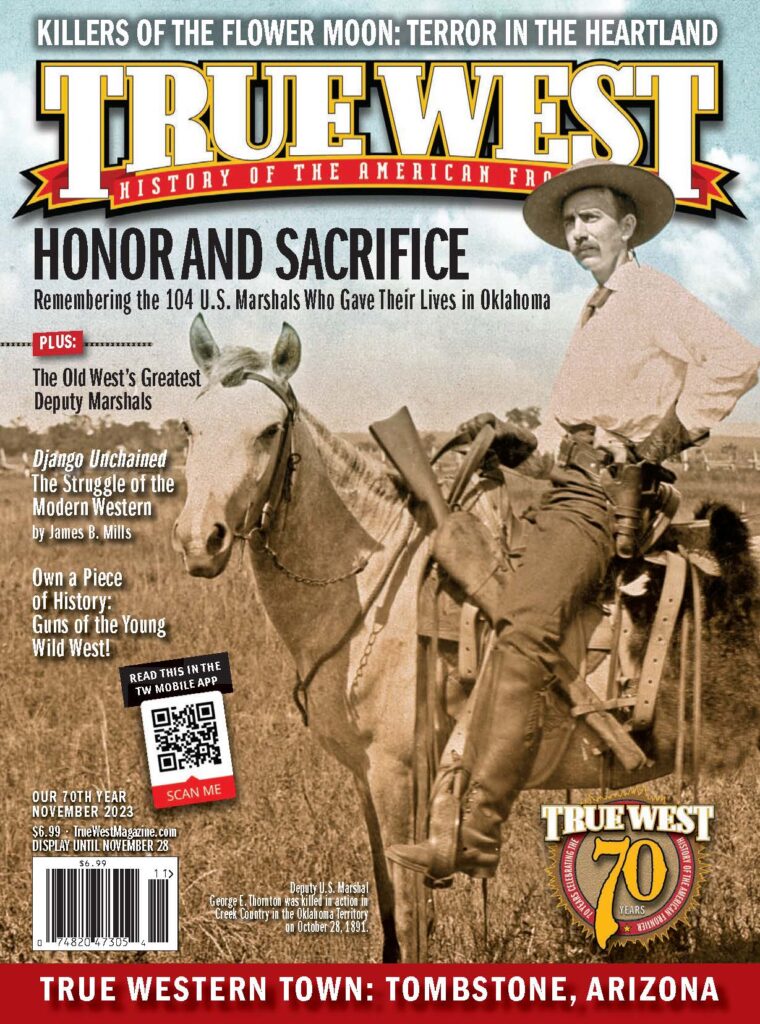Did anybody have a good time on the Oregon Trail?
Neal Hathaway Durango, Colorado
Interesting question. Many did.
Those pioneers were amazingly resilient. The long journeys were filled with days that were hot and a trail that was tough and fraught with danger. But marriages were performed, babies born and other things were celebrated, such as the Fourth of July. At the end of the day, folks needed to unwind, dance and sing. There was always someone who played a fiddle or harmonica or mouth harp—and that was all you needed to have a good time.
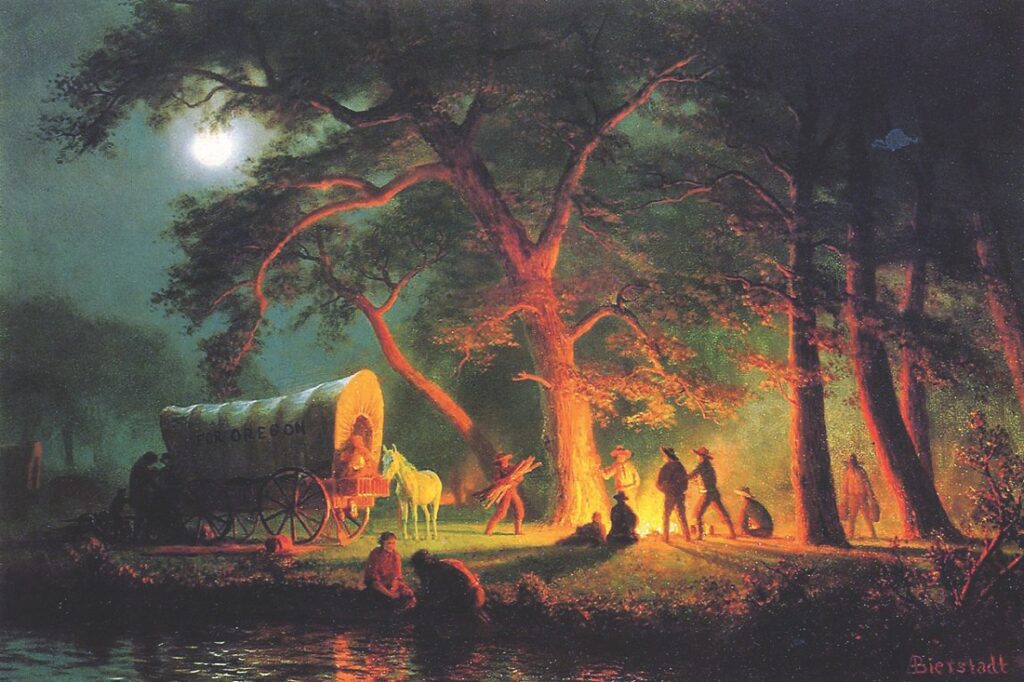
On Have Gun–Will Travel, was Paladin’s name really “Wire”?
Joy Taylor Lanexa, Virginia
The show’s creators Sam Rolfe and Herb Meadow preferred to have their knight errant remain an enigma. The popular television and radio shows began and ended with him being just Paladin. Author Frank G. Robertson’s novel A Man Called Paladin was written at the end of the last season, revealing the name as “Clay Alexander.” Many Paladin fans disapproved.
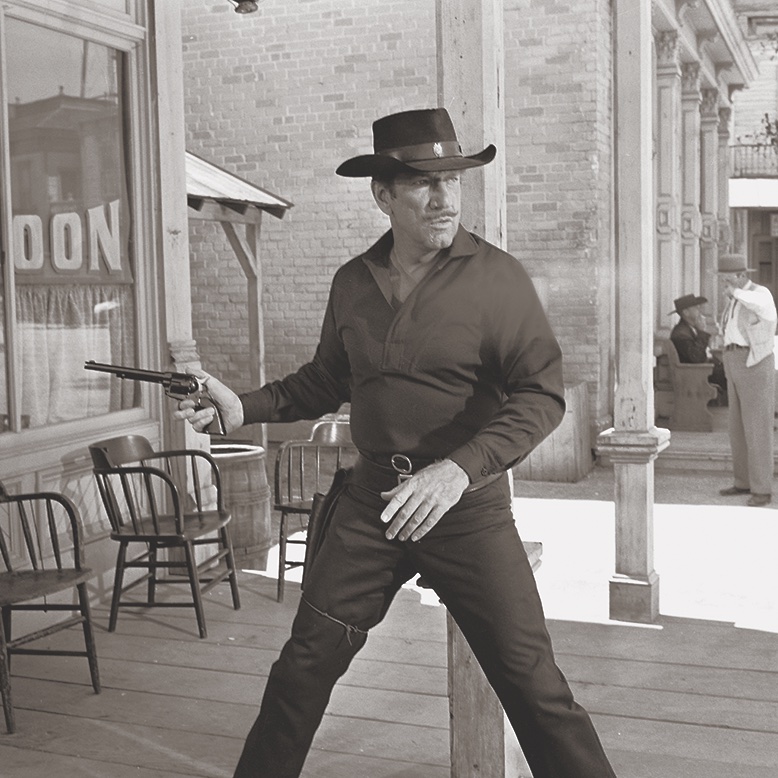
What can you tell me about San Simon, Arizona?
Charlie Sinclair Dallas, Texas
San Simon was established early in 1859 as the first Butterfield Overland stagecoach station inside the Arizona-New Mexico border. Located on the flats, it was a welcome sight for stage drivers after the dangerous trip through Doubtful Canyon. But it was just a short break, as the next station was a dreaded run into Apache Pass.
During the 1880s the Southern Pacific Railroad built a station there, and a small town grew up around it. San Simon was the lair of a band of outlaws known as “Cow-boys,” a loose-knit band of rustlers from Tombstone.
How did 1880s professional gamblers handle their money when they won big?
Brett Carls Prescott Valley, Arizona
The best place a professional gambler could bank his money was in the safe in the saloon where he rented a table. Of course there was also the local bank. But in either case, his money wasn’t insured and could be lost in a robbery. He could hide it under his mattress, but that wasn’t a secure hiding place.
The best book on the subject is Robert DeArment’s Knights of the Green Cloth.
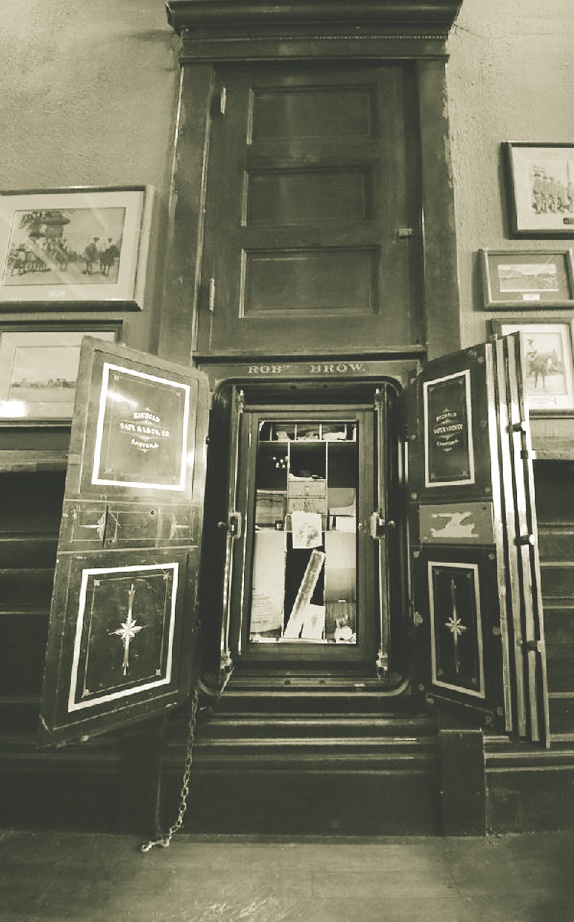
Many men are shot in Westerns but survive and heal. Is that accurate?
Hans Overgaard Baltimore, Ohio
Generally speaking, a person shot in the head or abdominal area usually suffered a fatal wound. During the Civil War, for example, a soldier shot in those areas was often left unattended by doctors at battlefield hospitals. The general consensus: the wounded would die anyway, so medical personnel concentrated on saving those with wounds to the arms and legs. Those frequently led to amputation before gangrene set in.
Some men did survive severe wounds, but they must have had a strong constitution, as doctors didn’t have much knowledge of sanitation. If one didn’t die of the bullet, infection frequently proved fatal. Gangrene was especially deadly, and the black powder used in those times was conducive to gangrene.

